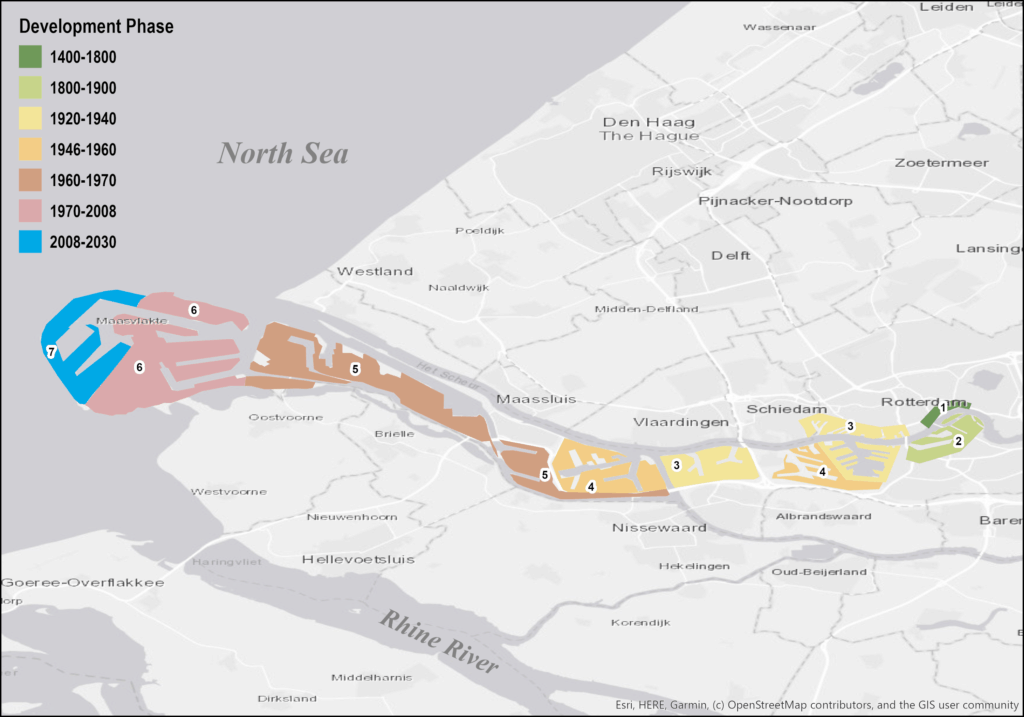Edit, save, simulate, synthesize SystemVerilog, Verilog, VHDL and other HDLs from your web browser. Serial Port Mapper maps existing physical COM ports to any aliases you need. As soon as the program assigns a new name to the selected physical serial port (for instance a COM1 alias is assigned to existing COM8 serial port), a communications application becomes capable to open necessary physical COM port using a new assigned name. Port Ludlow is a census-designated place (CDP) in Jefferson County, Washington, United States. It is also the name of the marine inlet on which the CDP is located. The CDP's population was 1,968 at the 2000 census.
- Port Fourchon Map.Printable map of Port Fourchon with keys attached, listing leases by site number and by company name to correspond with the map. Interactive Port Map.Zoom in to see specific details of seaport property in Port Fourchon.
- Albertino Port Mapper is a lightweight and portable software application that lets you modify the mapping of ports. It automatically detects active routers and forwards ports.

Avast, ye ole seadogs!
Did you ever feel the urge to map your networking ports using your Airport Basestation or a UPNP router? Did you ever want your application to be reachable from the internet, even in a home networking setup? Don't despair anymore. Port Map and TCMPortMapper are here!
Here at the TheCodingMonkeys labs we were working on a way to make it easier to reach SubEthaEdits over the internet, so you can collaborate more easily. We found some nice low level open source libraries for Nat-PMP and UPNP and gave them a juicy Cocoa-Coating so you can use them with just a few lines of code. We also wrote an application to map ports to test our code before integrating with SubEthaEdit.
As we think this kind of stuff should be easy and effortless for Mac OS X developers and users alike, we decided to release the code as open source (MIT License) and the application as freeware. Here are the offerings:
For landlubbers (users)
Some times you want to access your computers at home from anywhere in the world. Be it the web server on your home server, the file sharing on your desktop machine or a remote login to your parent's computer to support them doing their work.
This is where the application 'Port Map' might come handy. Originally written as a proof of concept for our framework, it's a fully featured all-purpose port mapper supporting all major routers, with presets and URL templates.
Click the screenshot to download the application
For sailors (developers)
So your application does some networking, maybe to share media, to communicate over the network or to do other interesting things. Internet connectivity would make it even better, but you don't want to mess around with UPNP and NAT-PMP yourself? Great, that's what TCMPortMapper is for. Providing a Cocoa interface and improving upon open source libraries such as miniupnp, it reduces port forwarding to just a few lines of code. And best of all, it's MIT licensed open source.

The X markes the spot on Github.
Port mapping in module instantiation can be done in two different ways:
- Port mapping by order
- Port mapping by name
In this post, we would take one example to understand both types of port mapping in detail.

The above Figure shows an example for module instantiation. Figure shows module “SYNCHRO” which consists of 2 ‘D’ flip-flops and are connected in serial fashion. Module “SYNCHRO” has 2 input ports “ASYNC” and “CLOCK” and 1 output port “SYNC”.
Port Mapper
Verilog Programming for DFF instantiated in the SYNCHRO module:
MODULE PORT MAPPING BY ORDER
Port Mapping Failed Retroarch
Here first instance name of ‘D’ flip-flop is “DFF1” and second instance name is “DFF2”. In this module ports are connected by order. Order of ports in instantiation of DFF1 and DFF2 is same as order of ports in DFF. If the number of ports increased, then it is very difficult to do “module ports connection by order”.
MODULE PORT MAPPING BY NAME
Port Mapper
In this module, ports are connected by Name. Order of ports in instantiation of DFF1 and DFF2 is different from order of ports in DFF. In this ‘.’ is used to represent port name followed by associated port name in small brackets i.e. “()”. Advantage of using “port connection by name” is, it is easy to port map for large number of ports in a design.
Tip: Always connect ports by name to avoid any error.
Port Map Windows
Related posts:
